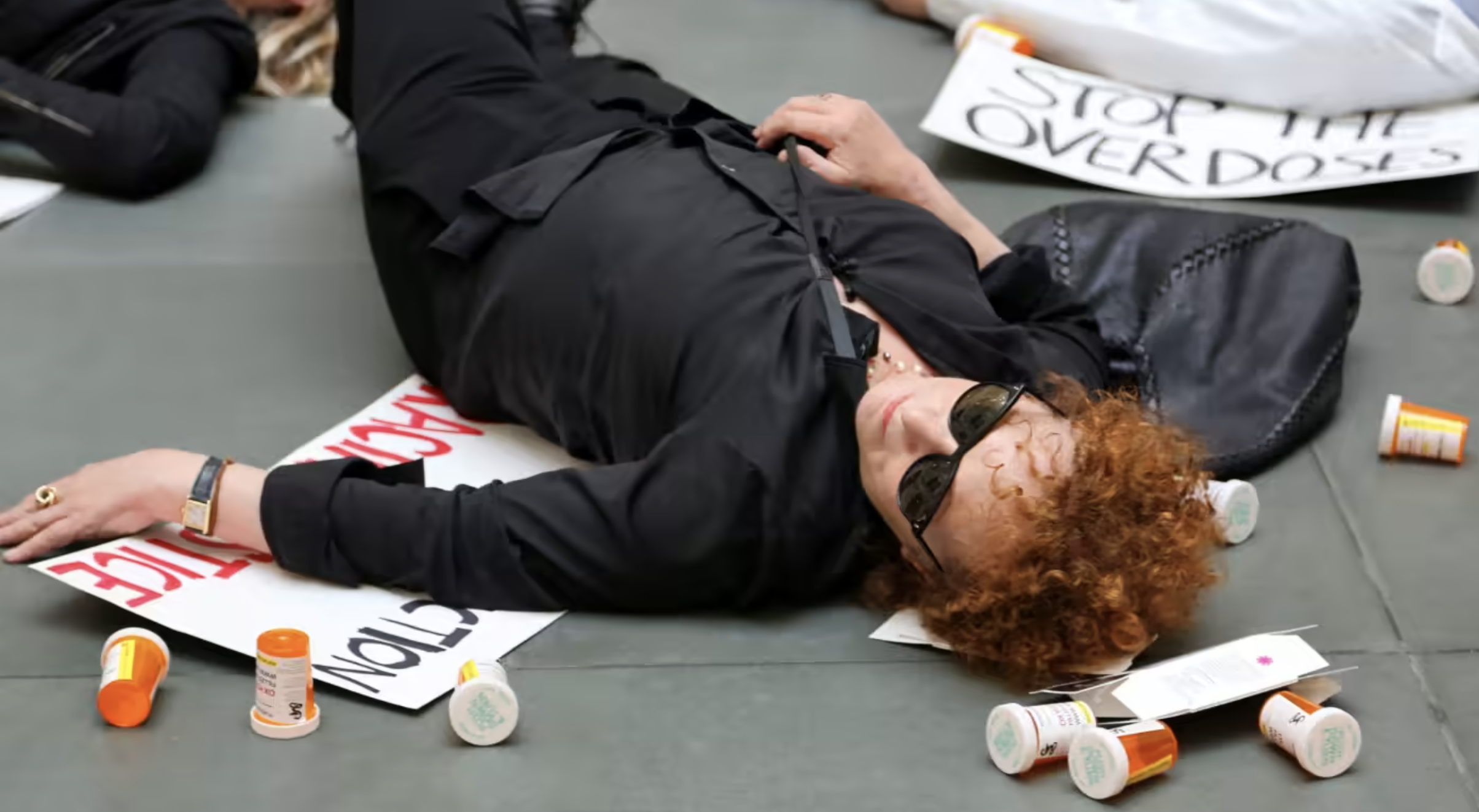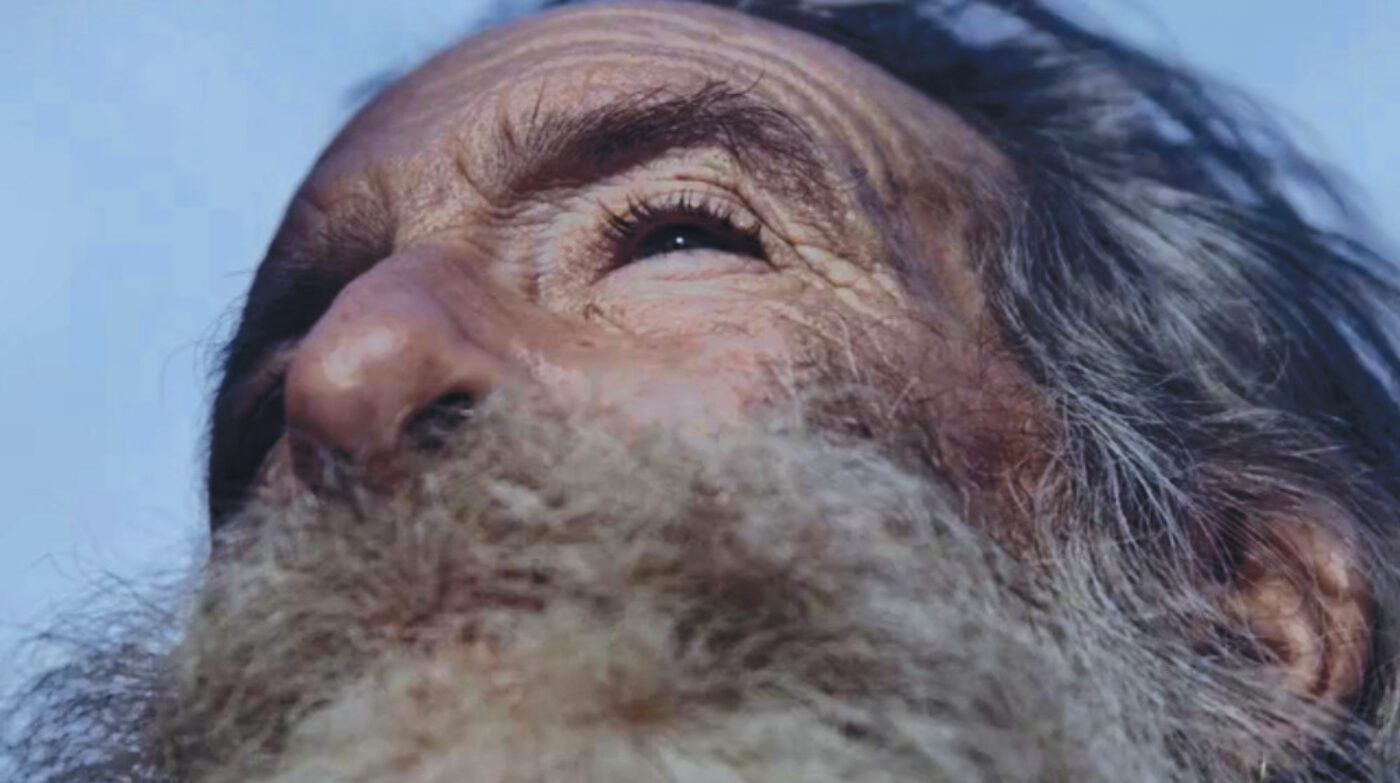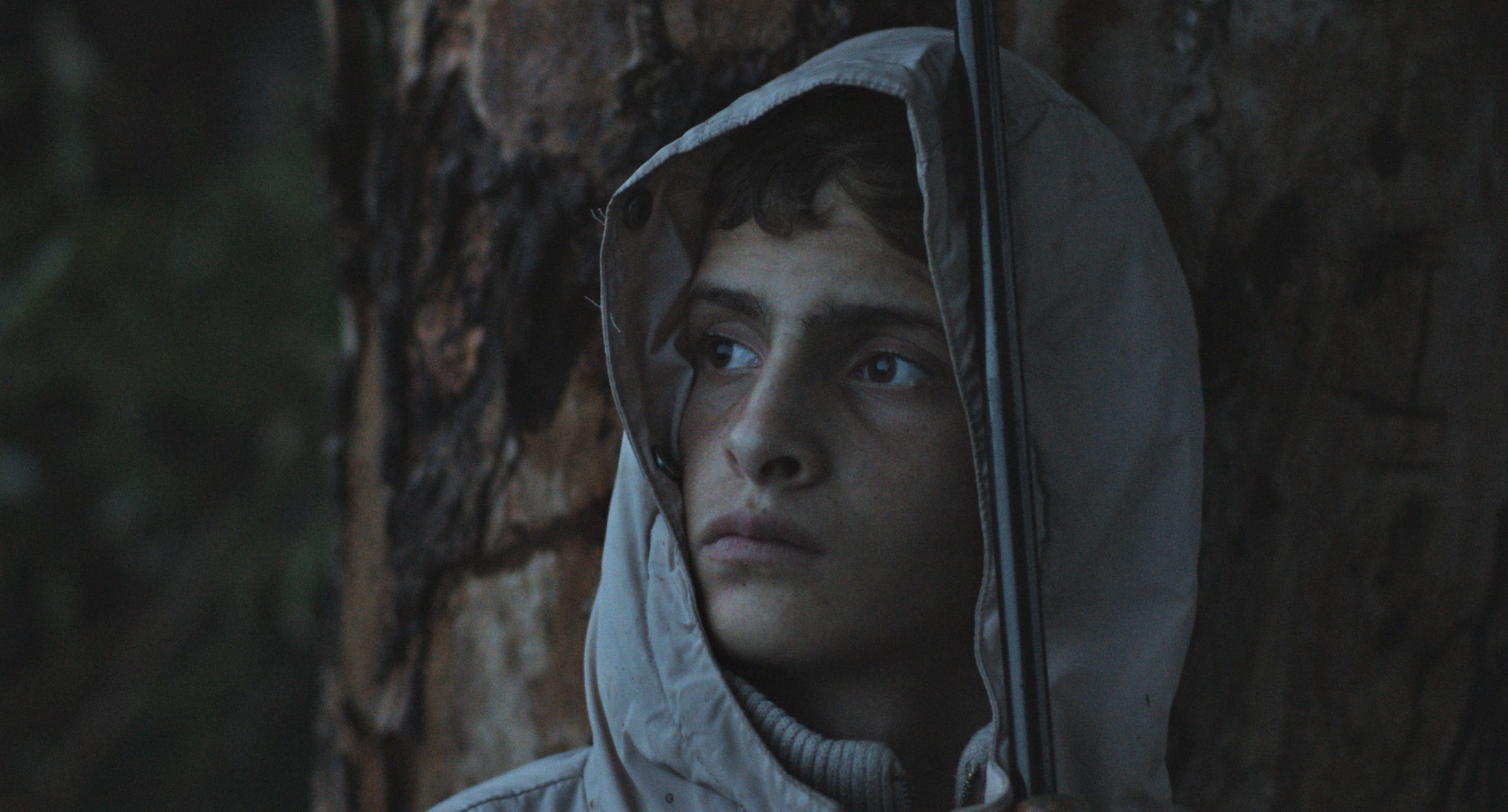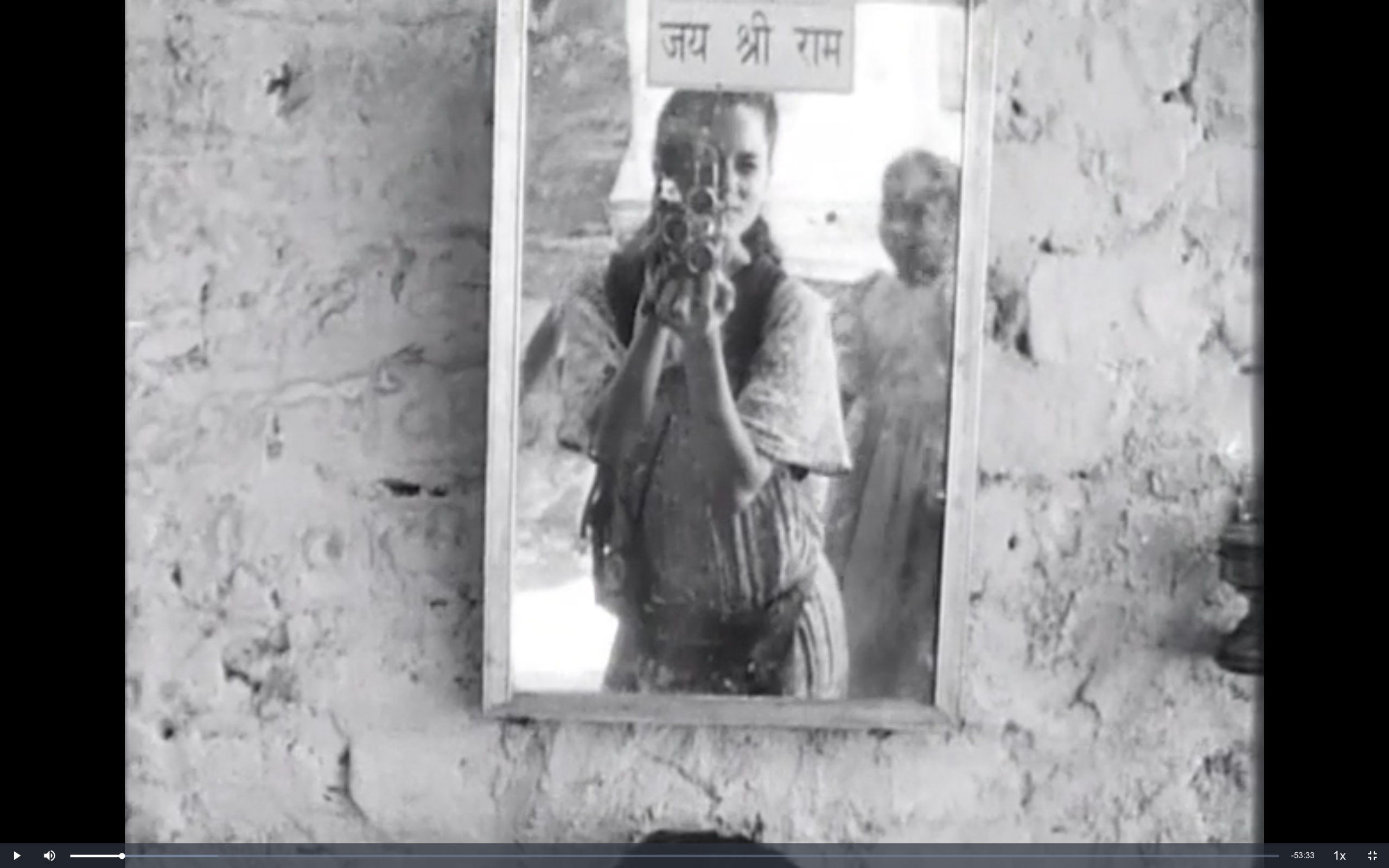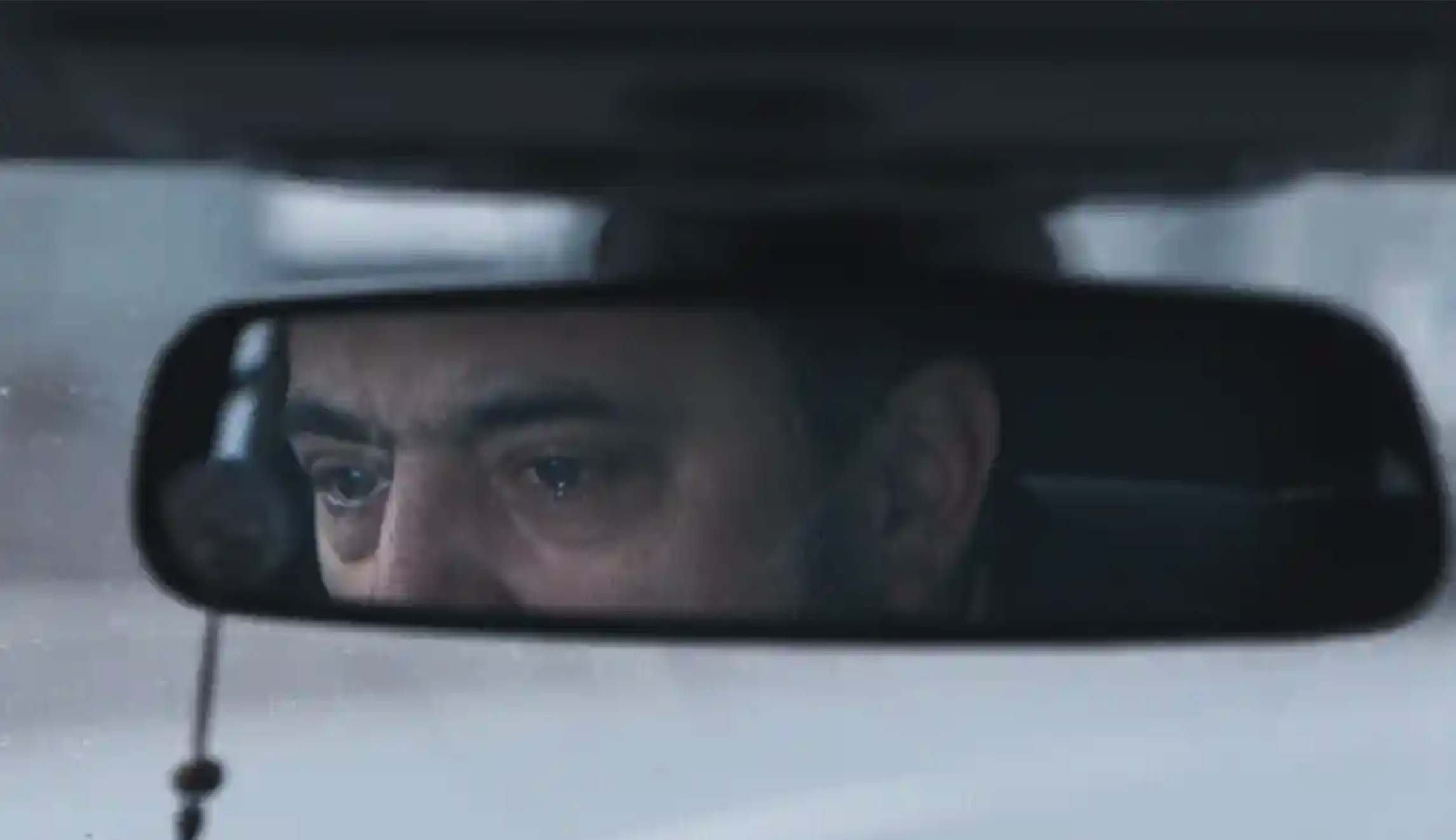Fire of Love
Fire of Love Director/ Sara Dosa Watched on Hulu Rating 4/5 A tantalizing trove of archival footage anchors this ruminative love story of two French volcanologists, Katia and Maurice Krafft, who risked their lives to study and film the way volcanoes evolve from placid dormancy to fiery eruptions. They died in 1991 while recording a Japanese volcano–no spoiler there, since this information is available on the film’s home page–but in their twenty-year partnership and love affair they became that most unique of couples: two people who found each other through the thing they loved the most, and who shared an unspoken pact that they could and quite likely would die pursuing their obsession to the ends of the earth. A passion this singular requires a singular approach, and director Sara Dosa manages to craft a complete and sometimes thrilling film out of archival b-roll and outtakes and old television interviews, inserting a perfectly odd batch of narrative observations from narrator Miranda July to fill in a few blanks, and rounding it out with the rare documentary soundtrack (by Nicolas Godin) that compliments the story rather than irritates the viewer. It’s also the (increasingly) rare documentary that doesn’t attempt to make some world-changing statement nor manufacture a third act surprise. Katia and Maurice were in love, eschewing domesticity and children, and getting closer and closer to hot spewing lava as if the stuff were a third character that they needed to know intimately. That should be enough for any film. It’s perhaps a happy accident that [...]


